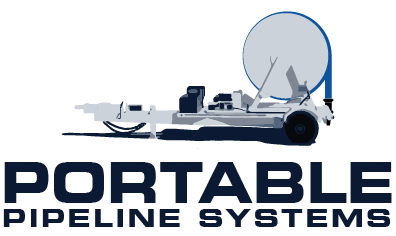Flood risks will never be completely eliminated from homeownership but you do have some effective solutions to help mitigate potential problems.
Irrespective of your situation – whether it’s residential, commercial, farm, or industrial – there are essentially only two ways to combat flooding: prevention or protection.
Preventing floods is a very BIG topic which includes a massive effort in urban planning, proper sea-wall construction, and revising the current standards of home construction. Even if, however, every structure was still designed and built strictly to code (which we know is not happening) or every existing structure was leveled and rebuilt strictly to modern code (which we know is DEFINITELY not going to happen) prevention is only going to take us so far. Floodwater gets everywhere when it strikes.
When we think ahead, we also have to plan for not only prevention but also how to PROTECT us from floods when we know they are going to occur. What’s the difference, right? Protection is more like temporary solutions surrounding your property – as opposed to permanent solutions built into your use. For instance, sandbags, or temporary flood barriers, are a perfect example of flood protection. As such, let’s examine the top 5 flood solutions for homeowners and business owners alike.
1. The rapid response water-gate
Sandbags serve the task of protection in many scenarios, and it’s a great solution! But they often require a significant amount of preparation and set-up. Not only that, let’s be honest, the can be a real pain to transport or move around once the flooding has stopped and ebbed.
The Rapid Response Water-Gate can be an extremely useful alternative to sandbags.
The easily deployable device is made of a PVC materia and tt utilizes the pressure of oncoming water to stabilize itself. In other words, the floodwaters push up against the gate and the force builds its own dam.
Because the device is super lightweight it can be deployed by a single person in a matter of minutes to hours depending upon the size. Not only that, it’s also completely reusable, so it’s a great option for those living in a region at risk of flooding.
2. Aquobex flood guard
This is a small-scale dam that is designed to seal off doorways and entrances to buildings.
By creating a seal with the surrounding surfaces, water cannot enter the structure when these barriers are applied to all of the building’s entryways.
The barrier is completely reusable and can be quickly deployed in times of emergency.
3. Cisterns and rain barrels
Cisterns and rain barrels both act to capture and store stormwater runoff from roofs.
The difference between the two is that cisterns are larger, they can store runoff from larger roof areas, and they can be buried whereas rain barrels remain above ground.
Besides stormwater management, these structures save water that can be reused for irrigation and other non-potable uses.
Rain barrels typically retain around 50 gallons of water and cisterns retain between hundreds to thousands of gallons of water. Rain barrels cost between $90 and $140 and cisterns cost up to $1000.
In fact, some areas offer rebate programs for rain barrels and cisterns so be sure to check your local government site to see if you qualify.
4. Apply sealants or coatings to your home’s foundation and basement walls.
This seems fairly obvious, but it always goes overlooked when a flood is coming.
You don’t even need a contractor to seal the cracks. You can do it yourself!
We all know that even a little water getting into your home can cause mold damage and water damage to your belongings. It may not seem like a lot, but seal up those little cracks. Seal any cracks and gaps where water could seep into your home’s foundation. Also, coat the walls in your basement with a waterproofing compound to keep water from seeping through.
5. WIPP: Water Inflated Property Protector
The water inflated property protector is one of the most basic flood protection systems, and the good news is that it works.
This system is made up of connectable vinyl-coated polyester bags which hold large amounts of water and serve as temporary dams.
By fighting the floodwaters with more water, the heavy barrier system is a quick and effective way to stop floodwater ingress from a structure in much the same manner that sandbags work. But there is far less back breaking work because once you’re done with the Protector, all you have to do is empty the vinyl bags, roll them up, and carry them off!
Be Safe – Think Ahead
At PPS, we value preparation, trust, and integrity with our clients. We provide systems and solutions, not price only products. Though we do not claim to have every solution for every disaster, we encourage clients to be open about their solutions and include all possible vendors. When in a disaster situation, a city, county, state, or government needs to consider all options.
As such, we guide our clients to prepare in advance for the worst, be it earthquake, flood, fires, or just an aging infrastructure.



 Sales Office Location
Sales Office Location
 sales@portablepipelinesystem.com
sales@portablepipelinesystem.com